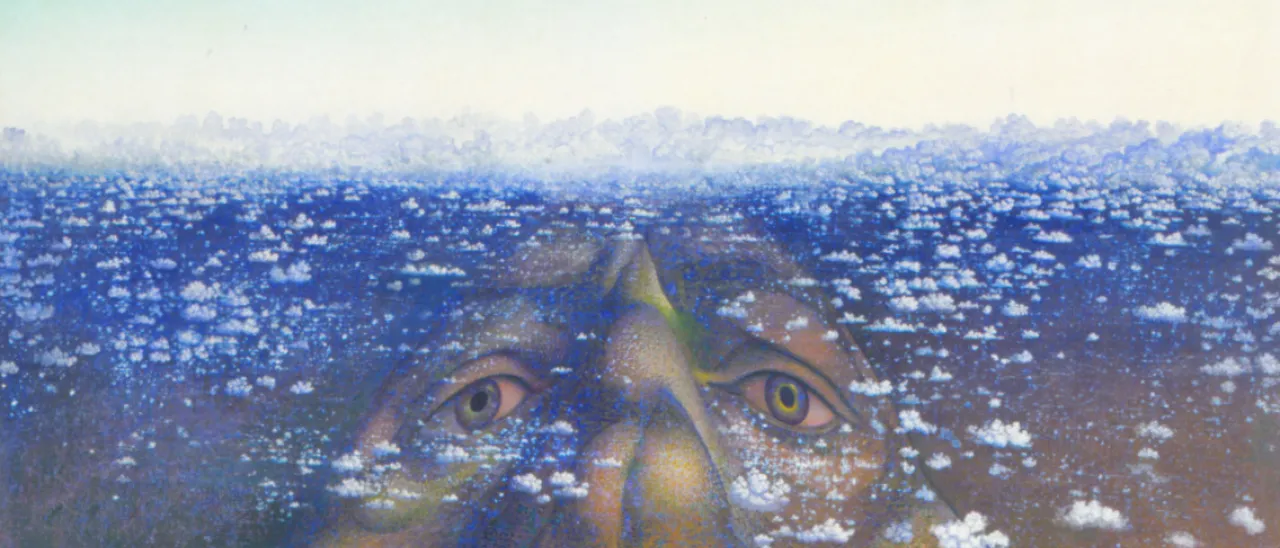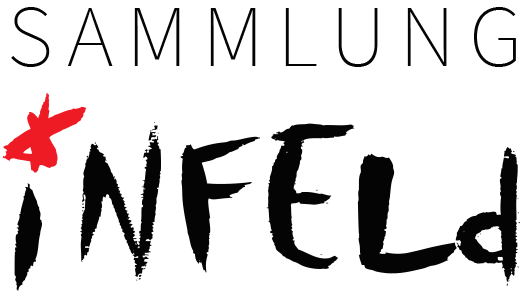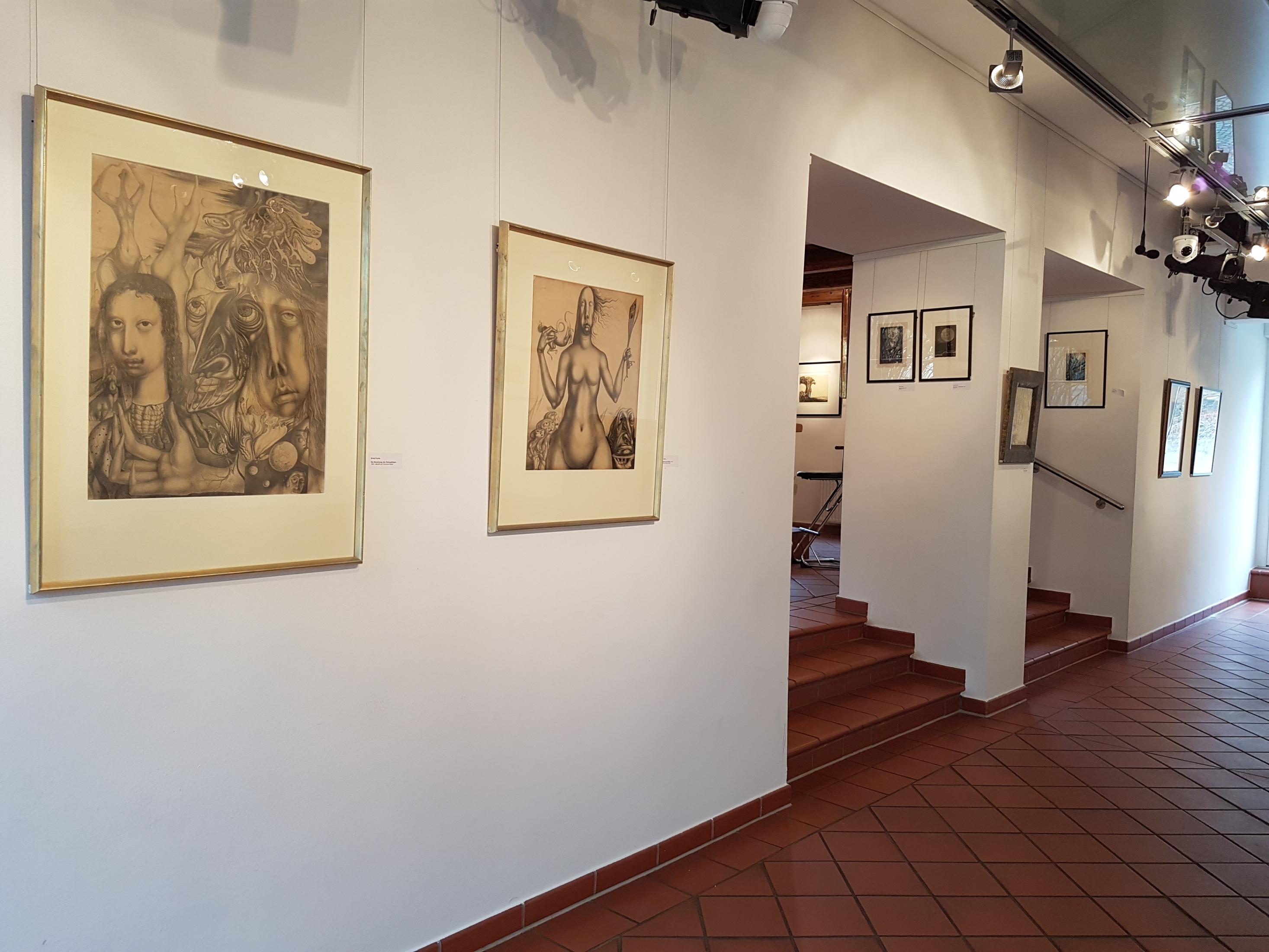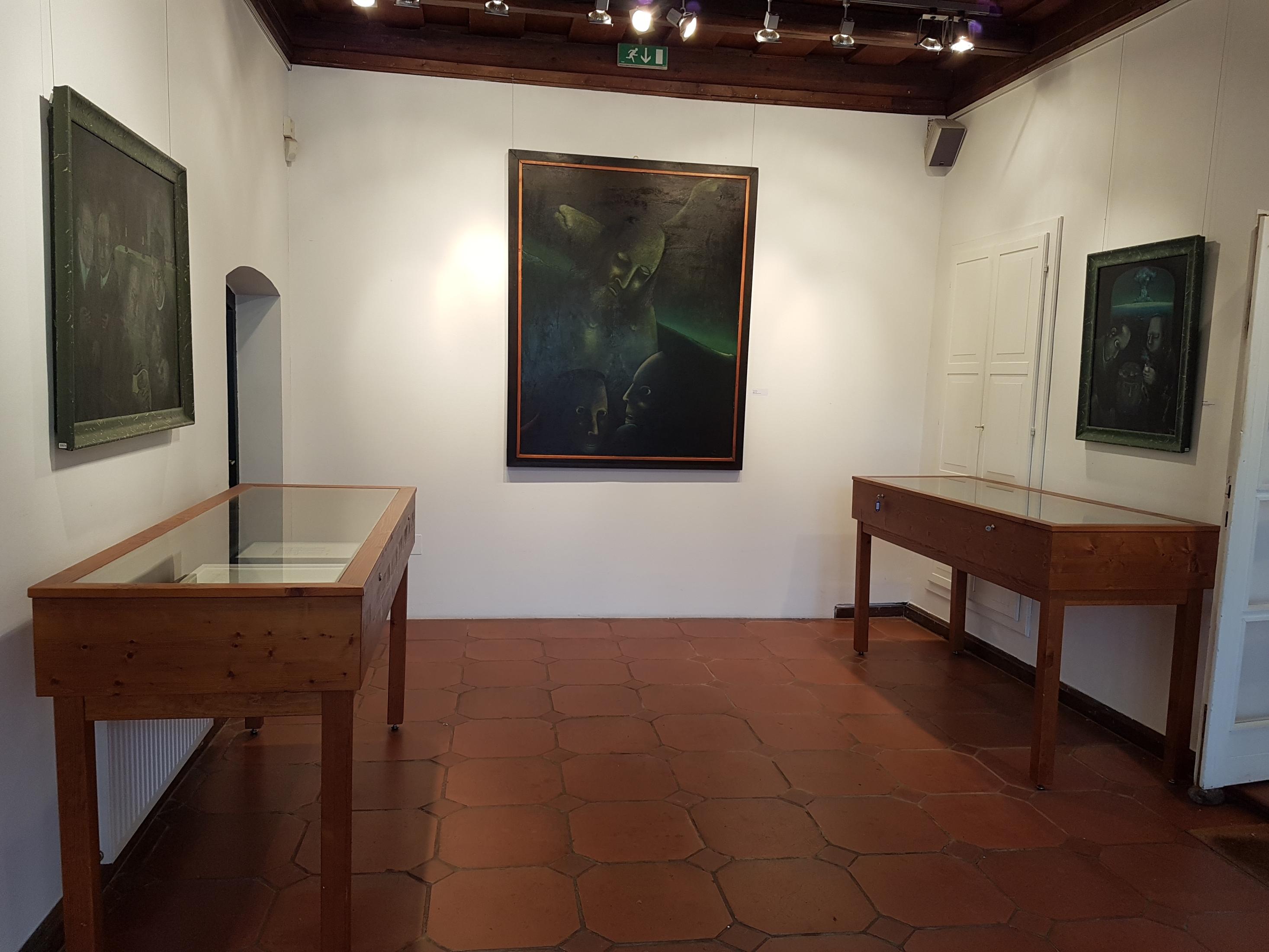
FAITH
One does not have to believe in God to have faith. Humans believe because they cannot do otherwise. With approx. 120 works by Rudolf Hausner, Ernst Fuchs, Joze Tisnikar, August Walla and Oswald Tschirtner, the diversity of faith and religiosity is the topic of an exhibition at the Infeld House of Culture in Halbturn. All works of art come from the Infeld Collection.
The exhibition theme:
We all believe in something. The personal well-being cannot exist without faith. One projects one's little ego across the big picture. Most often, one looks towards heaven, where there is infinity and indetermination. And we have questions about the meaning of it all: Is there plan for us all? Does someone or something control my life? Is there a God? Religion is a way of life, even a way to imbue one's existence with a rhythm. People are better able to cope with the challenges of everyday life. A connection is conveyed: to ones' self and to the others.
For the medieval viewer, art was a showcase of the heavens. The deliberate repetition of a motif enhanced its importance. For a long time, religion claimed to have all the right answers to the questions of meaning. But today answers can be found from other directions as well. Biologists believe in Darwin's theory of evolution, Communists in social equality. What is common to before and now is that faith and religion do not seem to lose their importance as a resource for society. The human spirit continues to look for security, belonging, protection, identity, peace. That's where science and art take their place to nourish the faith, offering new visions for many people and their well-being.
The exhibited artists:
Ernst Fuchs (1930-2015)
Ernst Fuchs became a Christian of the Roman Catholic confession in his mid-twenties. "My search for beauty became the desire for order, for salvation, and nowhere did I find what I longed for as clearly formulated as in the teaching of this church. In this church, I recognized the rock on which I could base my faith," said Ernst Fuchs. Since then, his entire being focused on promoting Judeo-Christian understanding and acting as a church painter on its behalf.
Ernst Fuchs: "Existence knows no calculable purpose. There is nothing to be justified, and the only answer is to be found in faith. Art is like the true manna, because by it everyone can have a taste of the imperishable values, even those who do not believe, to thereby also receive an indication of the image in which we are all immortal."
Rudolf Hausner (1914-1995)
"Adam" (meaning man and humanity at the same time in Hebrew) is starring in Rudolf Hausner's paintings. Adam has the face of the artist, other characters such as anima or sailor boy can be understood in their relationship with Adam. Adam's facial features are representative of the recipient, as a placeholder for individual interpretation, as an invitation to creative co-shaping of the work. When viewing the paintings, not only the interpreter but also the work then changes.
Traces of religion are seen in Hausner's works either at first glance or can be detected through other motives that reveal their religious semantics only on closer inspection.
Joze Tisnikar (1928-1998)
Born in Slovenia, he was an autopsy assistant in Slovenj Gradec, a town near the Austrian border. Tisnikar began to paint in 1952 to process his alcoholism and the experiences of his working day - he had the night shift at the morgue. His works do not show a paradise, they feature dark colors and represent the suffering world.
Joze Tisnikar: "The people on earth are concerned, they are afraid of wars - primarily - something that throws a shadow over their happiness. Hatred rules the world, persecution, crimes; people still kill each other." His message was: "Live in peace, because life is too short for anything else but love."
Oswald Tschirtner (1920-2007)
Oswald Tschirtner wanted to become a priest and sought a degree in theology. This was not possible during the Second World War. He studied chemistry, but soon had to enlist in the army. After French captivity he returned. Due to mental disorders, he lived in a psychiatric hospital since 1947 and at the House of Artists in Maria Gugging near Vienna from 1981 until his death.
Tschirtner was introverted, connected only with his Bible. He drew cephalopods - long human figures whose four limbs were equally long and had no body. The radical simplification distinguishes his works; he visualized objects in a minimalist manner, using only a few lines to represent buildings or landscapes.
August Walla (1936-2001)
August Walla altered creative from an early age his surroundings. He created his own artistic world, inventing a polytheistic religion philosophy - a universe where he also lived. Walla's figure cosmos consists solely of gods - from the world religions or invented gods.
Walla used his own specially created characters with specific meaning or known symbols, to which he attached new meaning. The swastika is common in Walla as a feminine symbol: As a boy, his mother had put him in women's clothes, so that he was not taken by the Nazis for military service. The hammer and sickle mostly represent masculinity: The Russians marching into Austria in 1945 were mostly men.





